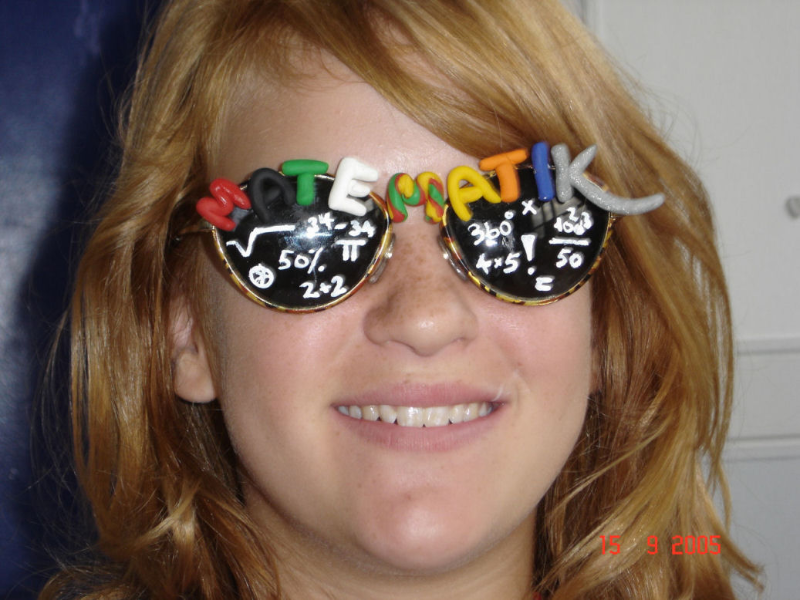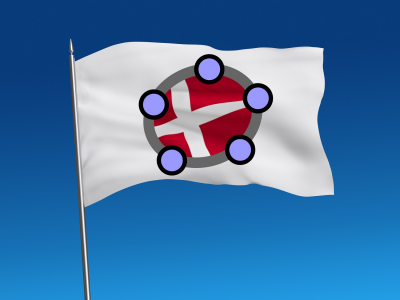
Agenda for the workshop
[url=https://docs.google.com/presentation/d/19Wb0OGKkNnE_vBzyFS8NxycIS61BEDvWQGvBkmu8zmk/present#slide=id.p]Link to our presentation[/url]


Fidget spinner - Animation
This task is step 1 in a process of using math as a tool to design new products.[br]The students follow a step-by-step tutorial enabling them to construct a rotating fidget spinner with dynamic colors.[br]Sometimes tasks like this can work as a scaffold providing basic tools for the students, which they later on are encouraged to use in new creative ways. [br][br]Below you see a rotating fidget spinner and two video tutorials on how to make this construction. [br]Follow the instructions and make your own copy of the fidget spinner.
Tutorial for making the rotating Fidget Spinner
Tutorial for making dynamic colors in your Fidget Spinner
Design the NGGN flag
The last step in the integration of design processes in maths is the connection to the world outside the classroom. By making tasks and challenges which are relevant to others than the students as part of their school life, motivation will increase and maths will appear to be something useful and meaningful.[br][br]One way of doing this could for instance be making artefacts of the fidget spinners by 3d printing them. You could frame the process by setting up a sceanario about a company asking for the help of the math students to make a new product for the young customers.[br][br]The task on this page is about designing af new flag for the NGGN. The flag must contain some sort of easly recognizeable logo. Below is an example from the Danish GeoGebra Institute. [br][br][list][*]Your task now is to make a prototype of a logo or flag for the Nordic GeoGebra Network (NGGN).[br][/*][/list]
